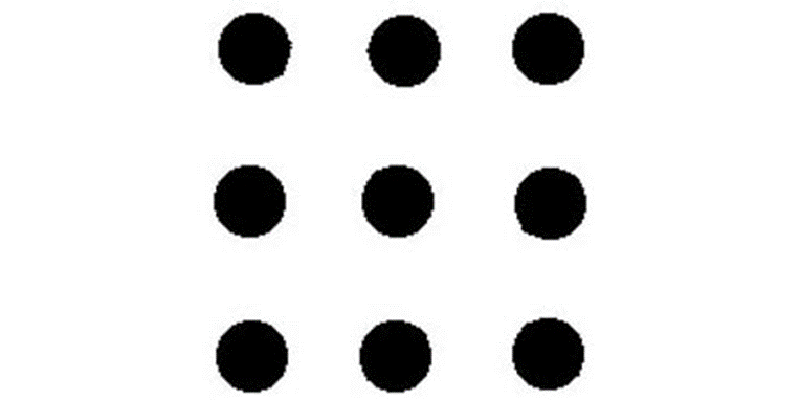
Creativity in the Brain
Where does the magic happen?
Just as creativity is difficult to define, it is also difficult to place where it takes place in the brain. This is because the creative process requires many functions of the brain.
The hemispheres of your brain are in charge of different mental processes. According to LIVE SCIENCE, "The right hemisphere is mainly in charge of spatial abilities, face recognition and processing music. It performs some math, but only rough estimations and comparisons. The brain's right side also helps us to comprehend visual imagery and make sense of what we see. It plays a role in language, particularly in interpreting context and a person's tone."(Letzter)
When you're presented with a problem the right hemisphere tries to make connections between the problem and other knowledge that will help solve the problem. It is this ability to connect seemingly different things that allows us to make creative connections.
The ability to make distant connections is great but what about insight? The right hemisphere wasn't listed as being in charge of insight. As it turns out there is a small section in the right side of your brain not too far above your right ear that lights up when you have an "Aha!" moment.
On the other side we have the left side of the brain. "[T]he left hemisphere is dominant in language: processing what you hear and handling most of the duties of speaking. It's also in charge of carrying out logic and exact mathematical computations. When you need to retrieve a fact, your left brain pulls it from your memory."(Letzter) When you're presented with a problem instead of making distant connections the left hemisphere runs through a logical progression of trail and error. This makes it useful in solving certain types of problems as well as analyzing the solutions provided by the right hemisphere.
In the creative process the brain draws on both sides of the brain. As psychologist S. B. Kaufman put forth in The Cambridge Handbook of Intelligence that "the highest levels of creativity require... the flexibility to switch modes of thought throughout the creative process." In order to create something a person must be able to make connections and evaluate these connections as they go. If the right hemisphere's idea doesn't pass the logic check of the left side it may either not work or just need some tweaking.

"Organisms are not machines, computers, automata, replicas, factories, “standard models,” or identities (like atoms!)...The brain is alive, incessantly active, seething — physiologically — from the moment of birth to the moment of death. All brains — of idiots or geniuses, human beings or dogs. This is most evident in unusual/abnormal conditions...
ORDER OUT OF CHAOS. The brain is in an organism which has to negotiate a complex world, from adequate representation of the world. To understand the world — to seek or make meanings — categorize."
-Oliver Sacks
Try it for Yourself:
Here are some fun puzzles that involve different styles of problem solving. Enjoy!
Draw four continuous lines that connect all nine dots.

What does this visual pun say?
A man decides to quit his job, so he turns off the lights, and walks out of the room, and 200 people die. Why do 200 people die?

Go to https://www.iriddler.com/riddles/puzzles/lights.htm for the answer
What else do we know?
One of the most fascinating parts of creativity in the brain is watching what happens as you make creative connections.
People are more likely to have creative ideas when they have a higher amount of alpha waves flowing through their mind. These are the waves associated with meditation and the zen moments when you first wake up and when you are in the shower.
Just before the the formation of a new idea the brain undergoes certain things. First there is increased activity in the right hemisphere as it tries to make the necessary connection to find the answer, and as the brain works to find the answer the visual cortex experiences a drop in activity. This is because there is simply too much excess information coming in through the visual cortex that needs to be filtered out so the brain can focus. This is why you see many people close their eyes while thinking. Through the use of electroencephalography scientists have been able to see the release of gamma waves in the brain 30 milliseconds before the problem is solved. These gamma waves come from the anterior superior temporal gyrus located just about the right ear which becomes unusually active in the seconds before the lightning strike, like the clouds of a storm becoming highly charged. Gamma wave rhythm “is believed to come from the binding of neurons: cells distributed across the cortex draw themselves together into a new network that is then able to enter consciousness”. (Lehrer, 17) And with the spark of electricity in the brain, a new idea is born.

Still Curious?
"What is a Thought? How the Brain Creates New Ideas" is a TedTalk given by brain researcher Henning Beck that discusses how the brain thinks by comparing it to the computer and showing how we are better than computers because of our ability to make mistakes that can lead to creativity.
